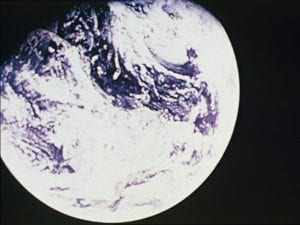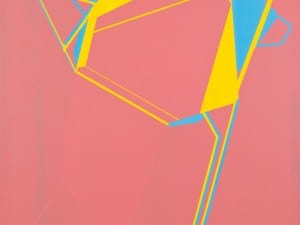In the Special 60th Edition of Aesthetica we celebrate the emerging photographers that are shaping the future of the image-based practice in The Next Generation. We have partnered with the London College of Communication to survey some of photography’s rising stars and showcase their fresh ideas and new concepts. In 2012 Jordi Ruiz Cirera won the Taylor Wessing Photographic Prize for the portrait he shot when he spent time with the Menonites, a closed community in Bolivia. Ruiz Cirera tells us about what draws him to take a photo and the impact of awards on his career.
A: You have been nominated for and won a number of prizes, do you think these sort of awards help emerging photographers?
JRC: Yes of course, awards are a big pat on the back for an emerging photographer. They can give international exposure and the fact that someone recognises your work is a good way to get attention. I think if you win an award then other people will also like it, which could bring interesting opportunities. The work I did on the Bolivian Mennonites was awarded widely, which lead to exhibitions in different countries and commissions. I’m just about to launch a book of the series, which I feel is the perfect ending for the long-term project.
A: Your image, Manar and her Boyfriend, appears in the 60th Issue of Aesthetica. What is the story behind this photo?
JRC: This photo was taken last October in Ramallah, Palestine, while working on a project about the younger generation in the city. I wanted to make a cross-section portrait, because I had met people from very different backgrounds; from the more traditional and secluded to the more westernised or economically wealthy. I wanted to capture what were they interested in, what they were doing and how they saw the conflict and its realities. The reality of the occupation is tough, even though that was a very different moment to now. But, at the time, in Ramallah one could easily forget about it. I felt this situation was interesting and I hadn’t seen much about it, so I decided to start this documentary. Manar, the girl from the picture, is from the christian minority, which makes up only 8% of the population and she talked to me about the segregation from their muslim neighbours and the social differences.
A: Your images often deal with very important issues, such as migration, conflict ect. what is it that draws you to take a photo?
JRC: I mainly feel interested on an issue or an area of the world, and look for a story to photograph along those lines. That’s how I got to photograph the Mennonites a couple of years ago and how I did this story in Ramallah. I have actually been to Ramallah a couple of times – it is a very interesting area of the world and I never got bored of it. I like to use my personal projects to educate myself and to learn about things I am interested in. I also think that there are some issues that need to be reported, so I always bear that in mind when beginning a new project.
A: Where in the world would you love to visit to shoot documentary photography?
JRC: To be honest I’d like to visit it all, only there isn’t enough time! I’m a bit of a permanent traveller, so I am always looking for new stories, and quite often I feel attracted for the roads less travelled. I’m now in Spain where due to the economic situation there are many interesting stories to tell. I’ve always felt really interested for the Middle East and also South America, so I keep looking for narratives in those areas and I’ll go there in the near future. However, if something unexpected came up, I’d really love to shoot in the Arctic circle in winter and see the white landscapes and feel the extreme cold.
A: What do you have planned for next?
JRC: Right now I’m working on a documentary about the global food chain, focusing on the effects of soya plantations in the South Cone. Soya is used as livestock food around the world, which increases the use of this legume, and, as a result, there is a lot of land-grabbing and pollution. I did a first visit to Paraguay last winter and I’m planning to go again to expand the story. I’d like to work on this issue over the next few months, maybe a year, in order to create a big body of work that could be used in conjunction with organisations and researchers to raise awareness of the situation.
See Jordi Ruiz Cirera’s photography in The Next Generation in the Special 60th Edition of Aesthetica. Pick up a copy at www.aestheticamagazine.com
To find out more about Jordi Ruiz Cirera, visit www.jordiruizcirera.com.
Credits
All images from Ramallah’s Youth, courtesy of Jordi Ruiz Cirera.





